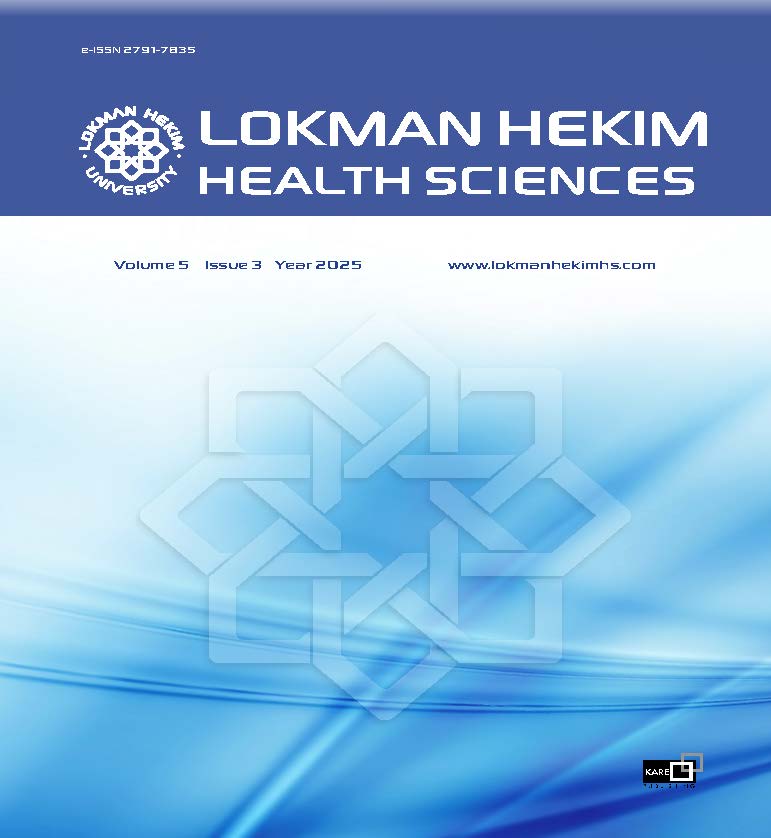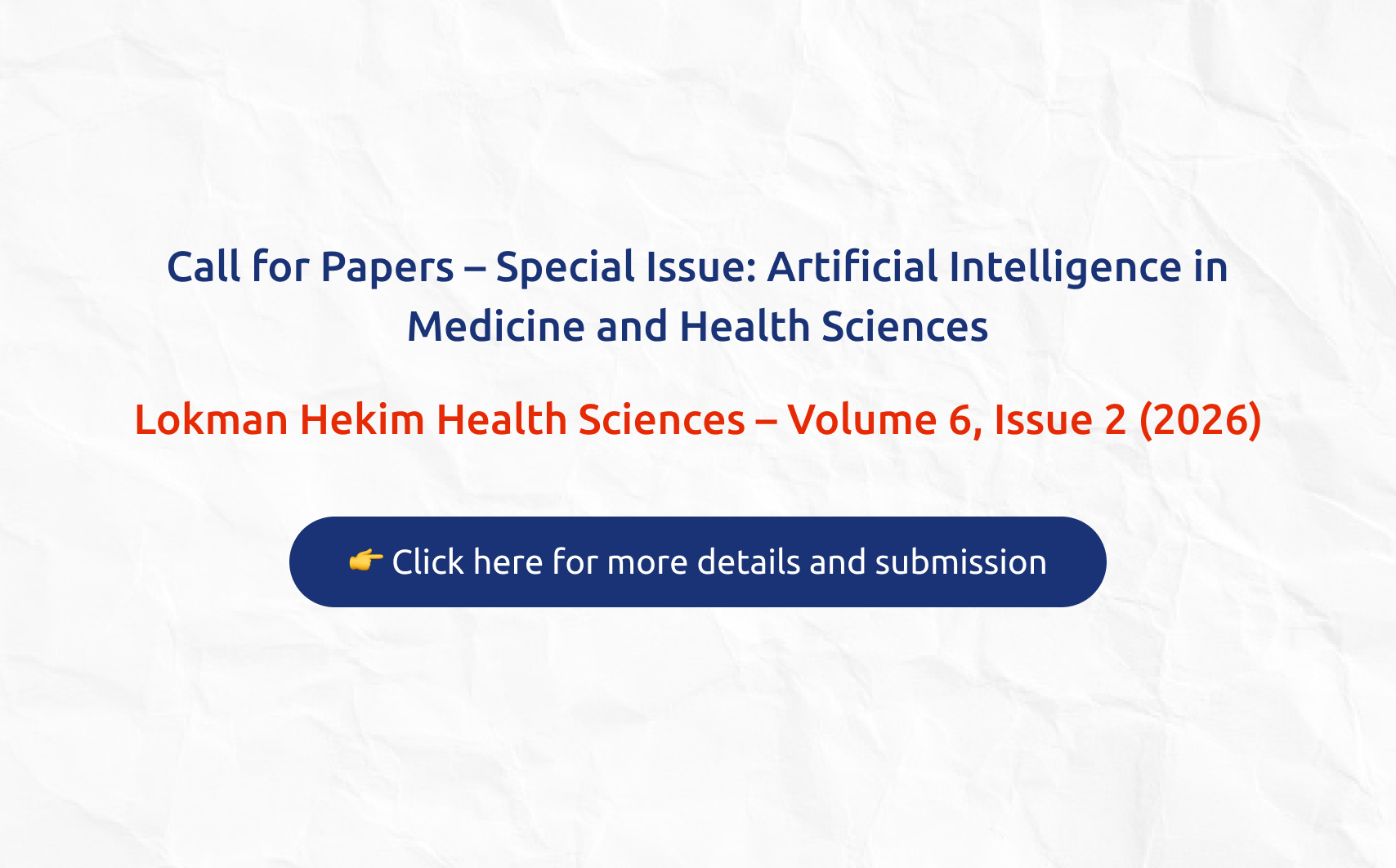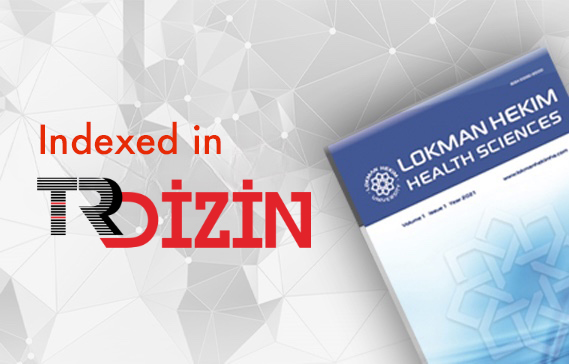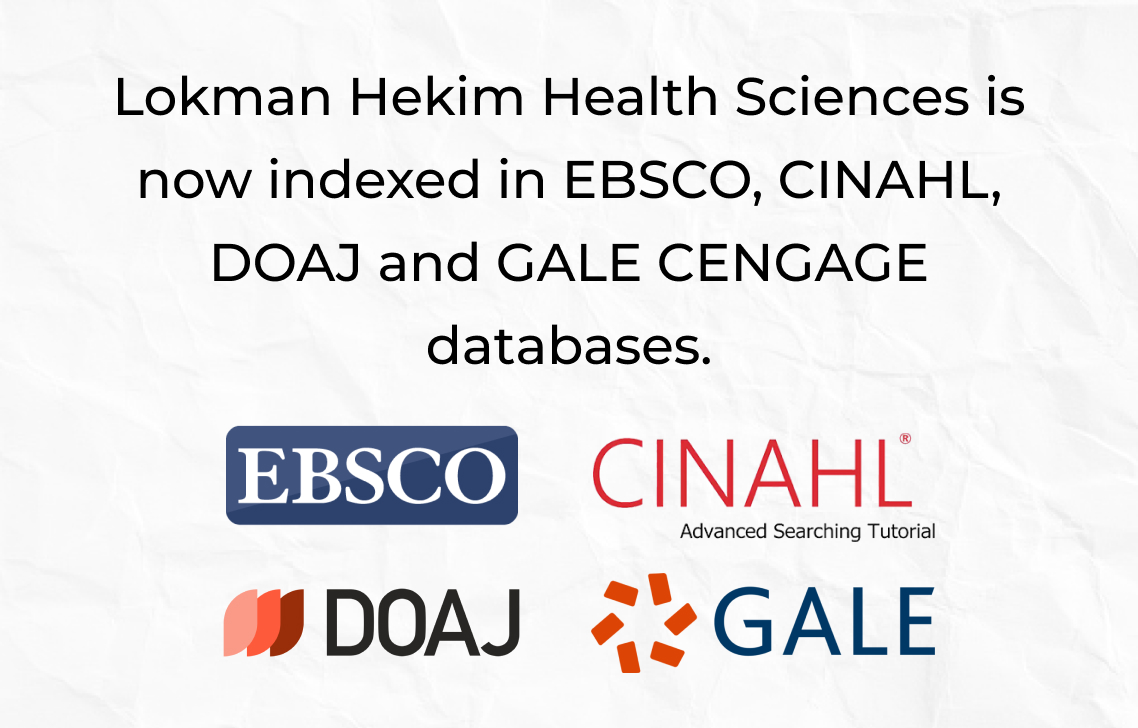2Department of Nursing, Amasya University Faculty of Health Sciences, Amasya, Türkiye
3Department of Nursing, Akdeniz University Kumluca Faculty of Health Sciences, Antalya, Türkiye
4Nuh Nacı Yazgan University Vocational School, Kayseri, Türkiye
Abstract
Introduction: Colonoscopy is perceived by patients as a painful and anxiety-inducing invasive procedure. Anxiety can negatively affect patient comfort by causing unwanted symptoms such as pain and abdominal distension. Materials and Methods: The study was conducted in the patients undergoing first-time colonoscopy. Data were collected before and 0, 30 minutes, 1, and 2 hours after the colonoscopy procedure. Anxiety was measured using the State Anxiety Inventory (STAI), and abdominal pain and distension were measured using the Visual Analog Scale (VAS). Data were analyzed using descriptive statistics, one-way analysis of variance in repeated measures, and Pearson correlation analysis. Results: The study included 164 patients. The mean age of the patients was 54.15±15.14 years, and the mean STAI score before colonoscopy was 41.97±10.34. The highest mean pain and distension severity scores were found 30 minutes after colonoscopy (pain: 2.7744±2.27369; distension: 2.8720±2.14263). There was a significant positive correlation between the mean scores of the STAI and the mean scores of all abdominal distension interview times. Pain before colonoscopy resulted in an increase in distension complaints after the procedure. Increased distension both before and after the procedure was an important factor in the increase in pain intensity (p<0.05).
Discussion and Conclusion: The results of this study showed that patients' anxiety level before the colonoscopy procedure resulted in an increase in the severity of abdominal distension after the procedure. Abdominal distension led to increased pain, and high pain levels were also associated with distension. Healthcare professionals should be aware of patients' anxiety prior to colonoscopy in the management of adverse symptoms experienced by patients.
2
3
4






 Gülden Küçükakça Çelik1
Gülden Küçükakça Çelik1 









